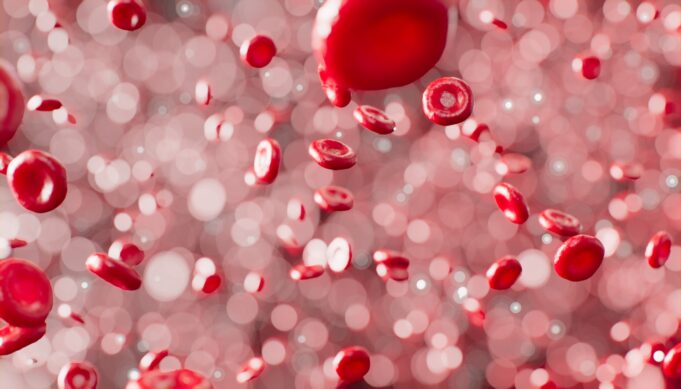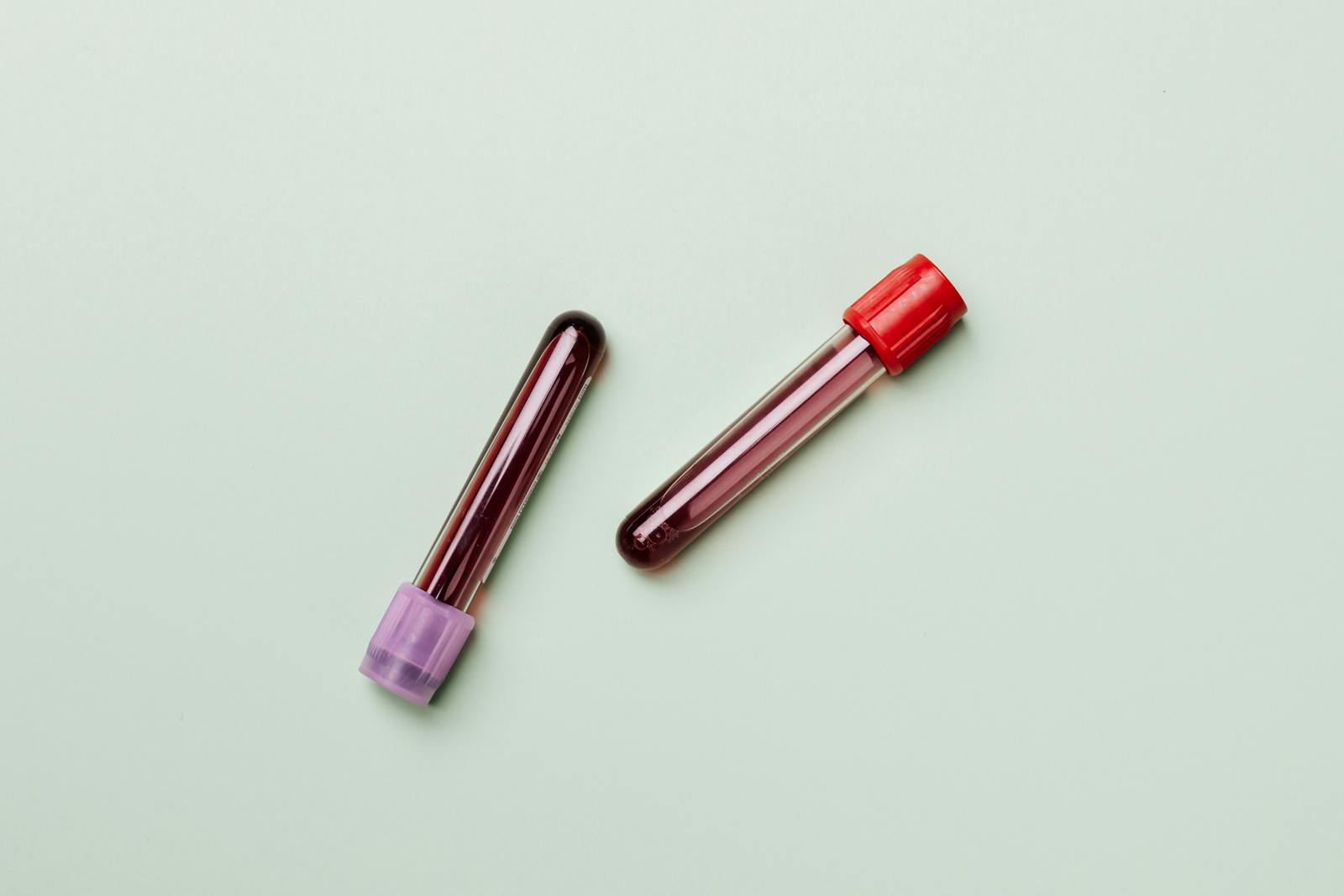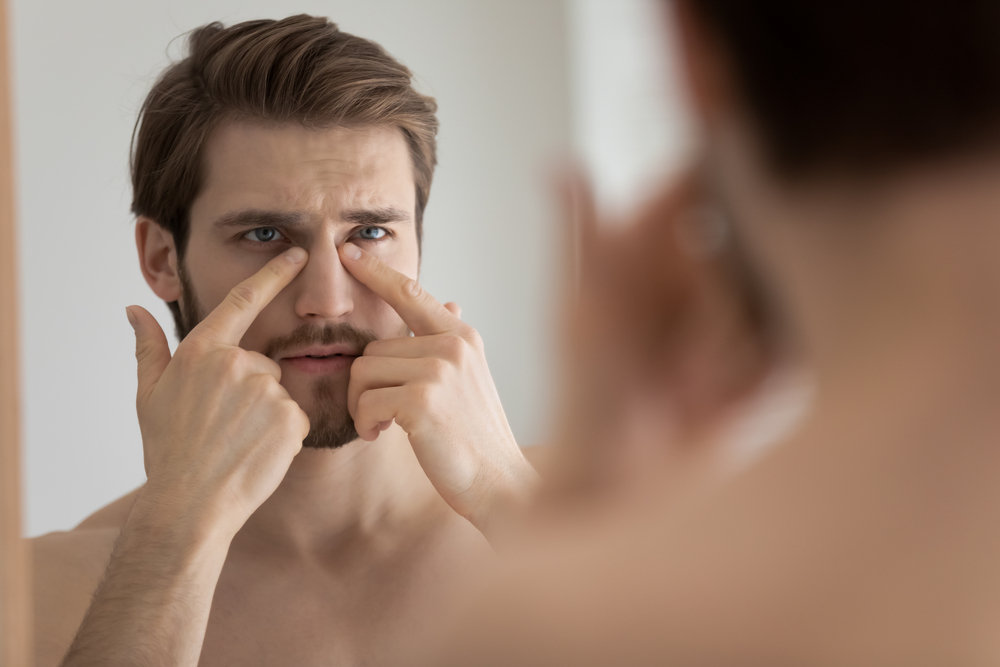Treating Rosacea with PRP Therapy– Is it any good?
Rosacea is a chronic, inflammatory skin condition affecting millions of people worldwide. Characterized by persistent redness, visible blood vessels, and sometimes acne-like bumps on the face, rosacea can be physically uncomfortable and emotionally distressing. While there are several treatments aimed at managing rosacea symptoms, Platelet-Rich Plasma (PRP) therapy has emerged as an innovative and promising option. PRP, widely known for its rejuvenating properties, offers a natural and minimally invasive approach to improving rosacea’s appearance and reducing flare-ups.
What is PRP Therapy?
Platelet-Rich Plasma (PRP) therapy involves using a concentrated form of the patient’s own platelets, extracted from their blood, to promote healing and regeneration in targeted areas of the body. PRP is rich in growth factors and proteins, which support tissue repair and stimulate the production of collagen and elastin. Originally popularized in the fields of sports medicine and orthopedics, PRP has quickly gained traction in dermatology for its versatility in treating a wide range of skin conditions, including rosacea.
The process begins with drawing a small amount of the patient’s blood. This sample is then spun in a centrifuge to separate the plasma, which contains a high concentration of platelets. The platelet-rich solution is prepared and meticulously injected into the affected areas of the skin.
How Does PRP Help Treat Rosacea?
PRP therapy works by targeting the underlying inflammation and skin sensitivity associated with rosacea. The growth factors in PRP play a critical role in calming inflammation and enhancing the skin’s ability to repair itself. Additionally, PRP boosts collagen production, which helps to strengthen and thicken the skin. This reduces the visibility of blood vessels and alleviates persistent redness over time.
Another benefit of PRP therapy for rosacea is its ability to improve the overall health and texture of the skin. PRP promotes hydration and encourages cell turnover, leaving patients with a smoother and more even complexion. By addressing not only the symptoms but also the root causes of rosacea, PRP offers a comprehensive solution for long-term management.
The PRP Treatment Process for Rosacea
A typical PRP treatment session for rosacea consists of three main steps:
- Blood Collection and Preparation
A small blood sample is drawn from the patient, typically from the arm. The sample is then placed in a centrifuge to isolate the platelet-rich plasma.
- Application or Injection
Once the PRP solution is prepared, it is either injected directly into the areas affected by rosacea or applied topically to the skin. For topical application, microneedling devices are often used to ensure deeper penetration.
- Aftercare
Most patients experience minimal downtime following PRP therapy. The treated area may show slight redness or swelling, which subsides within a day or two. Patients are advised to protect their skin from the sun and follow prescribed skincare routines for optimal results.
Typically, a series of two to three PRP sessions spaced a few weeks apart is recommended, with maintenance treatments performed as needed to sustain results.
Benefits of PRP for Rosacea
PRP therapy is generally considered safe and effective for rosacea patients. Because it uses the patient’s own blood, the risk of allergic reactions or adverse side effects is extremely low. Additionally, PRP is a natural alternative to treatments that rely on harsh chemicals or medications, making it an ideal option for individuals with sensitive skin.
Some of the notable benefits of PRP for rosacea include:
- Reduced redness and visible blood vessels
- Calmed inflammation and fewer flare-ups
- Improved skin tone and texture
- Increased collagen production for stronger, healthier skin
- Long-lasting results with minimal invasiveness
Is PRP Right for You?
While PRP therapy has shown great promise in managing rosacea, it is not a one-size-fits-all solution. Factors such as the severity of the condition, overall skin health, and individual medical history should be considered before proceeding with treatment. Consulting with a board-certified dermatologist or skincare professional is crucial for determining whether PRP is the right approach for your specific needs.
Final Thoughts
For individuals seeking a natural, minimally invasive, and effective treatment for rosacea, PRP therapy offers hope and restorative potential. By leveraging the body’s own healing mechanisms, PRP not only addresses the visible symptoms of rosacea but also strengthens the skin’s defenses against future flare-ups. If you’re struggling with rosacea and looking for a long-term solution, consider discussing PRP therapy with your healthcare provider. Its regenerative benefits may lead you closer to clear, healthy, and radiant skin.













